In this article:
Persistent skin rashes and irritation can be an annoying problem to go through. Several reasons behind them include skin conditions (such as rosacea and eczema) and allergic reactions to an allergen.
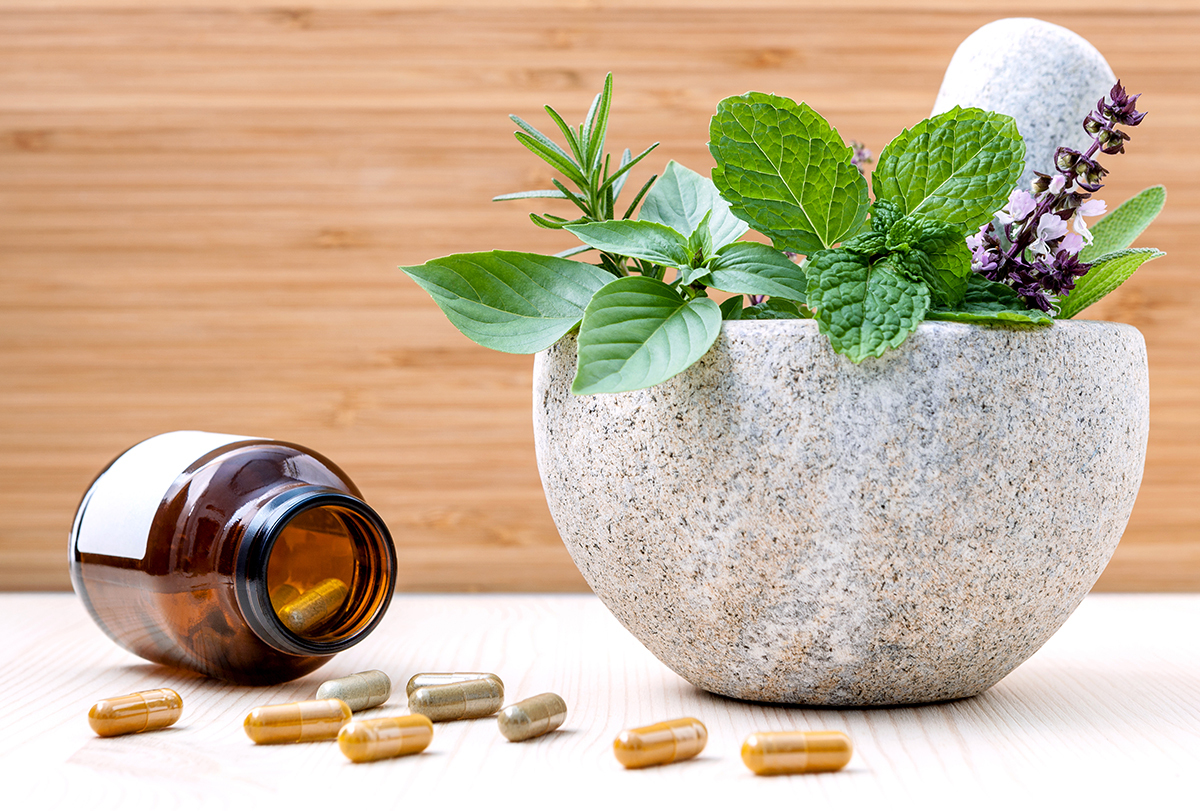
Ayurveda is a natural medical science used by Indians for thousands of years. Numerous remedies for skin diseases and rashes are found in Ayurvedic lore, some of which are presented in this article.
Ayurvedic Treatment for Skin Allergies
Lepas, or herbal packs prepared with Ayurvedic herbs, are used to treat various symptoms of skin allergies and rashes such as kandu (itch), daha (burning sensations), rukhshta (dryness), pidaka (blisters, boils), vaivarnya (hyperpigmentation), srava (fluid discharge), shotha (inflammation), and ruja (pain).
Here are some common and effective Ayurvedic remedies for allergies: (1)
Ayurvedic herbs
The following ayurvedic herbs can help deal with skin allergies and inflammation.
1. Turmeric
Turmeric (haridra) contains an active component known as curcumin, which is a powerful antioxidant with anti-inflammatory and antimicrobial properties. It can help treat skin infections and inflammation easily.
How to use:
- Sauté a couple grams of turmeric powder in a pinch of ghee (clarified butter).
- Add in 1 cup of warm milk and drink this turmeric milk once a day. (2)
2. Fig tree extract
Fig tree (nyagrodha; Ficus benghalensis) extract can help manage your pitta and kapha doshas. It contains anti-inflammatory compounds that can be very beneficial for skin allergies.
How to use:
You can take a capsule of nyagrodha extract once a day. (3)
3. Peepal tree
Peepal tree (ashwatha; Ficus religiosa) contains potent anti-inflammatory compounds that can help treat allergies and skin irritation.
How to use:
- Peepal tree extract can be found in topical creams and ointments.
- You can also consume it in the form of oral capsules. (3)
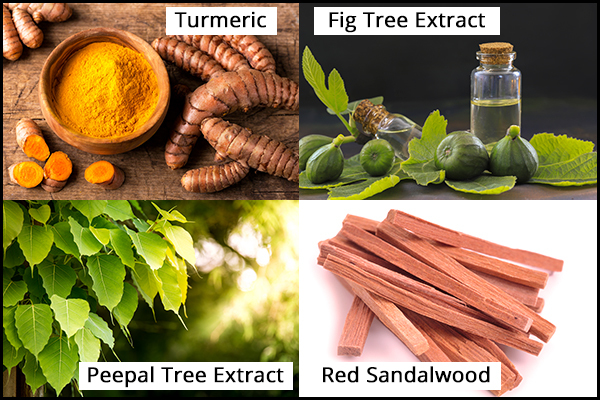
4. Red sandalwood
Red sandalwood (raktachandana; Pterocarpus santalinus) is an ancient Ayurvedic skin care remedy. It helps soothe irritated skin, cure acne, and improve your skin tone.
How to use:
- Red sandalwood-based Ayurvedic creams and pastes are widely available for use.
- Powdered red sandalwood can be mixed with yogurt or milk to make a DIY face mask. (4)
5. Coconut oil
Coconut oil (keram) is an excellent remedy for all skin issues. It is a natural moisturizer, has antimicrobial and antioxidant qualities, and soothes the skin to reduce inflammation and irritation.
How to use:
- Apply coconut oil directly to the affected area to reduce skin irritation.
- Leave it on for half an hour before rinsing off, if you wish. (5)
6. Pala indigo plant
The pala indigo plant (vidpala; Wrightia tinctoria) is a powerful Ayurvedic cure for skin diseases such as psoriasis and dermatitis. It helps soothe the skin and get rid of rashes.
How to use:
The seeds and bark of this tree are powdered and sold in the form of Ayurvedic creams, ointments, etc., for topical use. (6)
7. Sariba
Sariba (Hemidesmus indicus) is particularly useful in treating skin inflammation accompanied by burning or itching. (7) It is one of the most potent natural remedies for skin irritation and has been found to be effective even in cases where conventional allopathic remedies do not work.
How to use:
Sariba extract can be found as topical ointments and creams. (8)
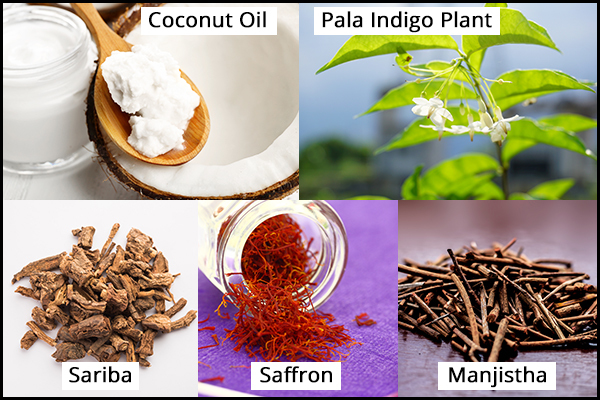
8. Saffron
Saffron (kumkuma; Crocus sativus) is another skin care ingredient widely used in Ayurveda. It helps balance the three doshas. It can give you healthy, glowing skin and get rid of rashes and itching when used regularly.
How to use:
- You can soak saffron strands in a glass of milk and drink it once a day.
- Saffron and yogurt paste can be applied directly to the affected area once a day. Let it dry for a few minutes before rinsing it off. (9)
9. Manjistha
Manjistha (Rubia cordifolia) contains anti-inflammatory properties that are useful in the treatment of inflammatory skin conditions such as psoriasis, eczema, and chronic rashes. (10)
How to use:
You can apply manjistha-based creams or ointments directly to the affected skin.
Ayurvedic medicine
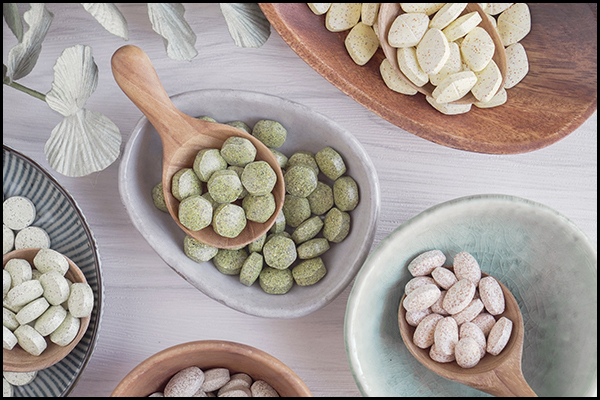
- Arogyavardhini vati: Arogyavardhini vati is a widely used Ayurvedic preparation made by combining 13 herbal remedies. It helps fight toxins in the body and is prescribed for a wide range of conditions, from obesity and gastrointestinal disorders to skin diseases. (11) Some of the important components of Arogyavardhini vati are gandhaka (sulfur), triphala, and nimba.
- Gandhak rasayana: Gandhaka is basically a sulfur formulation used in Ayurvedic cures. It is known to reduce inflammation. (11)
- Nishaamalaki tablet: This tablet contains turmeric (Curcuma longa) and Indian gooseberry (amla; Emblica officinalis) extract.
- Nimbadi kwatha churna: Nimbadi kwatha churna is a well-known “churna” or powder consumed to cure skin allergies. It contains Ayurvedic herbs including guduchi, sunthi, and nimba twak.
Ayurvedic therapy
There are a few other Ayurvedic techniques that are used for patients not responding to conventional treatment. Here is an Ayurvedic massage therapy used to treat severe allergies:
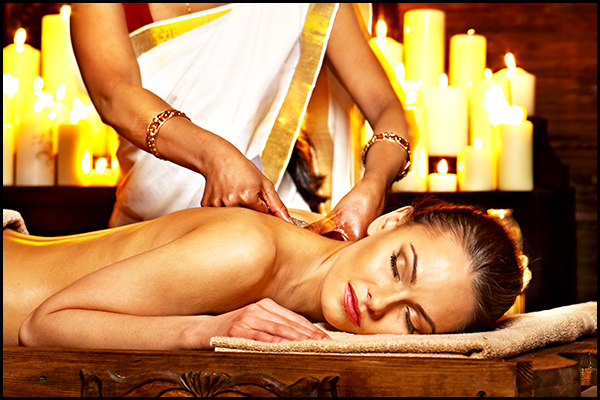
- Snehpana: A special massage oil or ghee, infused with Ayurvedic herbal extracts, is used to massage the entire body. This is the first step in this therapy.
- Sarvang abhanga (whole-body oil massage): This deep-massage technique helps to bring all the toxins in your body to the excretory channels.
- Bashpa swedana (sudation therapy): Sudation therapy refers to healing via sweat. After the oil massage, the patient is asked to sit in a steam bath to induce excessive sweating and removal of toxins from the body.
- Virechana (purgation): Purgation is a process in which the toxins in the body responsible for causing allergies are removed via the excretory system. The patient is given drugs to increase the strength and movement of the intestines and remove the harmful substances through the stool.
- Samsarjanakrama (post procedure): In this simple “bowel cleanse” method, the patient is fed a very strict diet for at least 3 days in a row. They have to eat bland and unseasoned food with no oil or spice. (12)
Why Do Rashes and Itching Occur as per Ayurveda?
Ayurvedic theories suggest that most skin itching and irritation issues occur due to an imbalance of the three doshas.
Doshas refer to energies in the body that are responsible for bodily functions. The three doshas in the body are vata dosha, pitta dosha, and kapha dosha. (13)
- Vata dosha refers to air and space elements. Thus, people who have dominant vata dosha in their body are prone to dry skin and get dehydrated easily.
- Pitta dosha refers to the combination of fire and water. People who have a dominant pitta dosha have warmer skin that has frequent acne breakouts.
- Kapha dosha refers to the combination of earth and water. Kapha dosha dominance makes the skin oily. (14)
Skin rashes and irritation are usually due to the presence of an irritant or allergen in the surroundings. The four common types of allergies are:
- Contact dermatitis: Contact dermatitis occurs due to direct skin contact with an allergen or irritant. Common examples are copper jewelry and leather.
- Bites and stings: Insect bites can cause skin redness, itching, and bumps.
- Warm weather: Heat rashes are common among children. A hot, humid weather can cause excess sweating, which may lead to skin irritation.
- Food: Some people are born with food intolerances or allergies. Common food allergens are nuts and seafood.
According to Ayurveda, balancing the three doshas of your body can help put an end to constant allergic reactions.
Dietary and Lifestyle Changes

Ayurvedic theories are based on holistic healing and lifestyle management.
If you suffer from skin irritation and allergies, opt for a light and healthy diet. Avoid eating meat products, spicy food, and very heavy meals. (15)
Final Word
Ayurveda is a 4,000-year-old medical science that has been passed down generations in India. There are many effective and potent natural cures in Ayurveda for skin irritation and allergies. You can try any of the remedies presented above to find a cure that works for you.
You may also find a qualified Ayurvedic practitioner near you for a proper diagnosis and treatment. If your symptoms persist or worsen, consult a dermatologist for allopathic medical treatment.
- Was this article helpful?
- YES, THANKS!NOT REALLY


